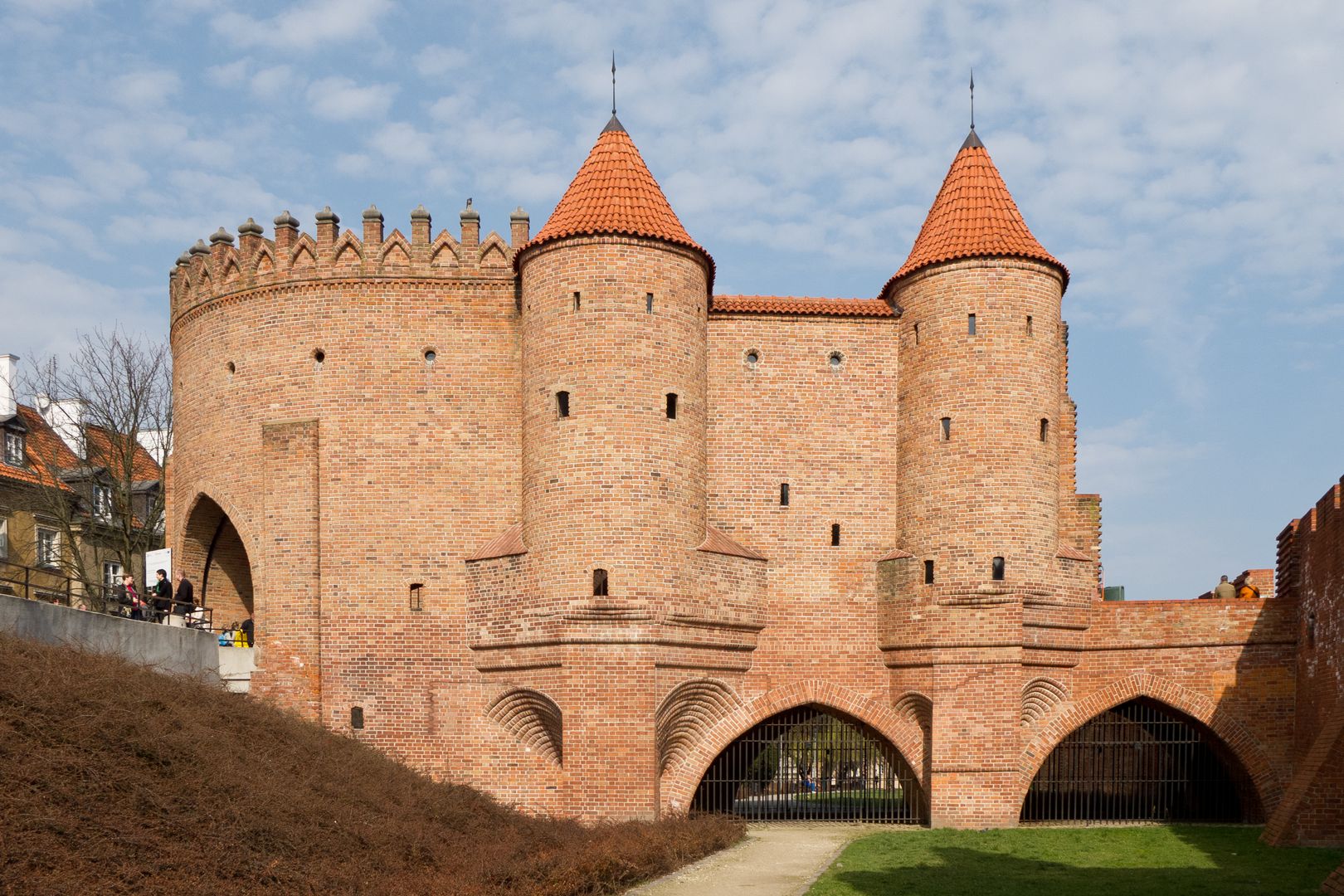The Barbican in Warsaw
7.03

Overview
The Barbican in Warsaw, built around 1548, was a key element of the city’s defensive walls, serving as an outwork in front of the New Town Gate of the Old Town. Constructed from red brick, it features a semicircular, two-story artillery bastion with passageways, equipped with gun ports and a gallery with small round windows. The structure was designed by the architect Giovanni Battista of Venice, and at the turn of the 16th and 17th centuries, it was adorned with Renaissance ornaments. Although the Barbican was intended to enhance the security of the entrance to Old Warsaw, it became obsolete almost immediately due to advancements in artillery technology. Its defensive capabilities were only put to the test once, during the Swedish Deluge in 1656. In the 18th century, part of the Barbican was dismantled, and its remains were later incorporated into the urban fabric in the 19th century. The reconstruction of the Barbican took place between 1952 and 1954, using bricks from demolished Gothic townhouses and uncovering remnants of the old city walls. Today, the Barbican is part of the Warsaw Museum, which features an exhibition dedicated to the defensive walls of Old Warsaw and offers tours focused on the city’s history. In 1956, as part of the celebrations marking the 300th anniversary of Warsaw’s liberation, a commemorative plaque was unveiled on the Barbican to honor the soldiers who fought during the Swedish Deluge. As one of the few surviving structures of its kind in Europe, the Barbican plays a significant role in understanding Warsaw’s history, architecture, and culture. It is also worth noting the museum’s online walking tours, which explore the history of the Barbican and the city walls, making it not only a tourist attraction but also an important educational resource.
Location
Tickets
Powered by GetYourGuide
2025 Wizytor | All Rights Reserved